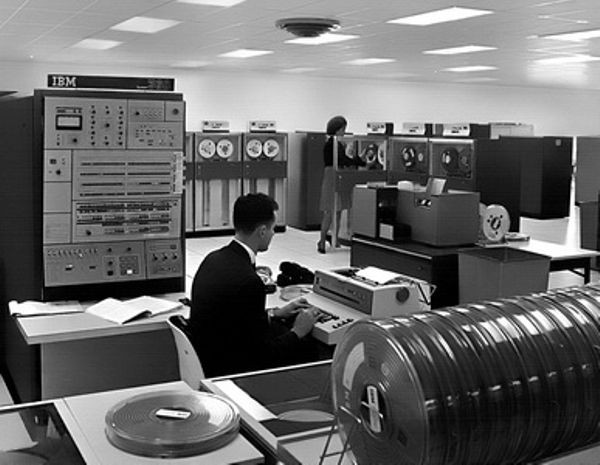What Happened on April 7th

IBM announces the release of its "System 360" mainframe computer architecture--embodied in five new models--launching its most successful computer system of all time. Called the "360" because it was meant to address all possible sizes and types of customer with one unified software-compatible architecture, the 360 family of machines generated in excess of $100 billion in revenue for IBM.
After five years of turbulent development, the Models 30, 40, 50, 60/62, and 70 were introduced along with 150 new supporting products, with IBM proudly claiming that software written for one model of System/360 could run on any other. This allowed customers to add or remove computing capacity without losing their investment in software. This had been a serious problem before the 360 with IBM alone having seven different, mutually-incompatible mainframe computer systems.
The 360 architecture was the basis for all subsequent mainframe architectures developed at IBM, as well as at IBM's many "plug-compatible" imitators. Its standardization of interfaces and methods allowed other companies to carve out a niche in the 360-dominated computer ecosystem. Throughout most of the 1960s, the System/360's success gave IBM a 65% market share, prompting observers to term the industry "Snow White (IBM) and the Seven Dwarfs." In 1965, the relative market shares were:
- IBM: 65.3%
- Sperry Rand (formerly Remington Rand): 12.1%
- Control Data Corp.: 5.4%
- Honeywell (formerly a division of Raytheon): 3.8%
- Burroughs: 3.5%
- General Electric: 3.4%
- RCA: 2.9%
- NCR (National Cash Register): 2.9%
- The oft-forgotten eighth dwarf, Philco: 0.7%


